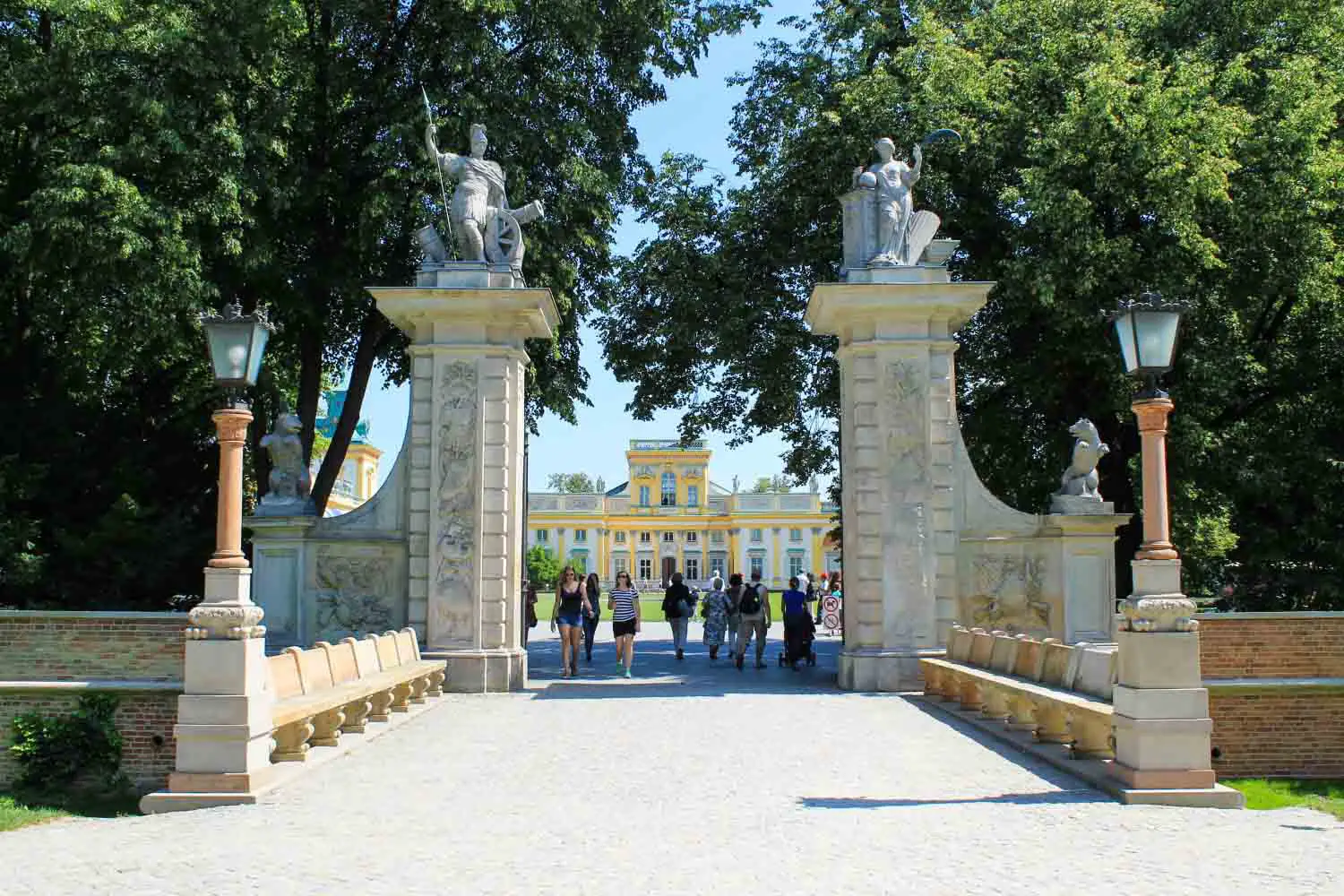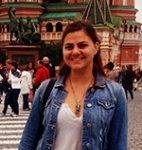When I lived in Warsaw, a friend visited who had spent the summer doing archaeological digs around Italy. So what could be the oldest and most beautiful Polish place I could take her to rival ancient Roman artifacts? Wilanów Palace, Poland’s only remaining Baroque residence.
The palace houses a museum and boasts an elaborate garden and survives as remembrance of Polish life before partitions and world wars. Designed for King Jan Sobieski III in the late 17th century, the palace was constructed above the abandoned village Milanów. With a flair for the original, the palace was to be named “Villa Nova” (New Villa) which was then Polonized to Wilanów. Built as King Jan’s “suburban” residence, Wilanów rests at the end of the Royal Road. Originally, Wilanów could have been considered a manor, but was added onto every year until the King’s death in 1696. The palace is considered an ode to King Jan III and his political achievements, the crowning glory of the Polish-Lithuanian Commonwealth. If you’re wondering, yes the King died at Wilanów, and you may walk through the Royal Chambers to see his final resting place.
Agostino Locci was the primary exterior designer, and the interior paintings and decorations were created by an international team of artists headed by Jerzy Siemiginowski-Eleuter. The architecture is classically Baroque with Italian villa elements, especially around the entre cour et jardin. The palace is symmetrical, even with the various additions over time. While expansions halted for a time after King Jan III’s death, Elzbieta Sieniawska resumed enlargements in 1720 when she bought Wilanów from Konstanty Sobieski, youngest son of Jan III. The museum was established in 1805, one of Poland’s first public museums. After the World Wars, Wilanów underwent renovation and re-opened in 1962.
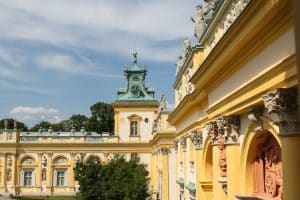
The garden entrance is flanked by statues of two Polish poets, Jan Kochanowski and Franciszek Karpinki. The entire Wilanow Park covers 45 hectatres, and is comprised of a terraced Baroque garden, a neo-Renaissance rose garden, an English landscape section, and an English-Chinese garden. The Park’s pond has been in the same spot in the English-Chinese garden since King Jan III’s time. The rose garden hosts classical music concerts during the summer, so be sure to check the website for events. The Baroque garden is the oldest part of the park, and is split into two levels. The upper level parallels the layout of the Palace interior, and the lower holds a Sobieski Grotto under the stairs.
Scavenger hunt for the museum’s “Top 15” most valuable and extraordinary of their collection!
1. Dressing table set of Queen Maria Casimire in the Queen’s Bedchamber. Fun fact: it’s been on show in the same place for almost 200 years
2. Ribbed red bottle in a pine cone shape with gold-plated silver detailing, created by Albrecht Biller (c. 1700)
3. Figural group – Breakfast, by Jean Jacques Bachelier, bisque matte-finish (c. 1775)
4. Equestrian Portrait of Stanisław Kostka Potocki by Jacques Louis David, oil/canvas (c. 1781)
5. The Nautilus Cup by Hans Ludwig Kienle the Younger, made out of the shell of a sea snail with silver decorations. On top one of the wardrobes in the Royal Dressing Room
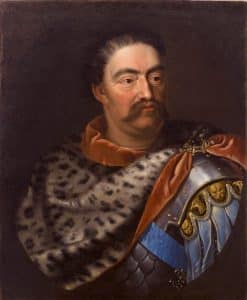
6. Tobacco/tea container with cover, by Johann Friedrich Bӧttger. Red stoneware aka “red porcelain,” metal (c. 1711)
7. Still Life with a Silver Beaker by Simon Luttichuys, oil/board (c 1661). It could just be the oldest representation of the Poles’ beloved pastry, pączki.
8. Apollo and Two Muses by Pompeo Girolamo Batoni, oil/canvas (1741).
9. Portrait of a Prince of the Julio-Claudian Dynasty (probably Nero), white marble (c. 50 CE)
10. Tray depicting the Triumphal Entry of King Jan III, by Johann Gottfried Holl. Gilded silver (1683).
11. Portrait of Queen Maria Kazmiera with Children by Jerzy Eleuter Szymonowicz, oil/canvas (1684).
12. “Mirror” standing clock with mechanism by Christoph Benjamin Kӧnig. Case is carved and gilded wood, imitation lacquer, mirrors with gold and silver, red silk (c. 1730).
13. “Nanban”-type table from Japan. Wood, black lacquer, mother of pearl, gold and silver “maki-e” (c. early 17th century)
14. Tea and coffee set created by Jean Baptiste Claude Odiot, gold plated silver (c. early 1800s).
15. Portrait of Władysław Dominick Zasławski- Ostrogski by Bartłomiej Strobel. Oil/canvas (1635).
Fees
*Free admission to the park and theater on Thursdays*
Palace
Regular ticket for non-guided tours = 20 PLN
Discount ticket* = 15 PLN
Museum for one złoty more
Audio guides = 12 PLN/person
available in Polish, German, French, English, Spanish, Russian, and Italian
Garden park
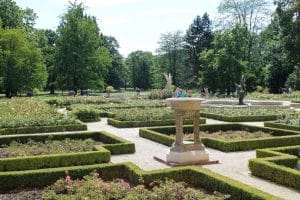
Regular ticket = 5 PLN
Discount = 3 PLN
Museum for one złoty more
Theater
Regular ticket = 30 PLN
Discount = 20 PLN
If you’re planning on frequenting the museum and garden, you may buy a three-month pass for (regular) 60 PLN or (discount) 35 PLN.
* Discounted tickets are for pretty much all of Europe. Sorry all non-EU folks
Educational offer for guided tours of the museum and (check website) event workshops: 10 PLN/person + 100 PLN/group
To get to Wilanów by public transit:
These suggestions are assuming the starting point as Dw. Centralny or Nowy Swiat – check online to find the best transit for your schedule
Bus 700 towards Panska
Bus 519 towards Powsin-Park Kultury
Bus 116 towards Wilanów
Metro Wilanówska to Bus 710 towards Szkolna
Wilanów Palace
Tickets starting at 15 PLN
Wilanow-palac.pl


